British photographer, Jack Lowe took on this incredible project of using an early Victorian photographic process known as Wet Plate Collodion, to document every Lifeboat Station around Britain and Ireland…
Meet Jack Lowe, a British photographer who set out on an incredibly interesting mission – to photograph all 237 RNLI Lifeboat Stations in Britain and Ireland, by using an early Victorian process known as Wet Plate Collodion. Through his passion and love for the photographic process, Jack is creating an unprecedented body of work. Upon discovering Jack’s mission via his Behance profile page earlier this week, I decided to get in touch with him straight away…
Let’s start with a little background, if you don’t mind, please tell us a little bit about Jack Lowe!
I’ve been a photographer since I was about eight or nine years old. From that age, I knew that I wanted to be a professional photographer when I grew up. I also knew that I wanted to be a Lifeboatman (more on that later).
I used to shoot film in an old Kodak Instamatic camera, which my Grandmother gave to me. So, she’s to blame! I used to persuade her or my Mum to take me along to the local chemist to get it processed and printed. When I was twelve years old, I converted my bedroom into a darkroom and spent several years teaching myself how to print. I’d take photographs of my peers at school on Sports Day and sell prints to them! Then, university followed by three years assisting a top advertising photographer, Jonathan Knowles, in London before breaking out on my own in 2000.
That was right on the brink of the digital era, when everything was new, exciting, daunting and complicated. However, my technical mind fitted right into the digital approach and I inadvertently became known as a good digital printer. Other photographers saw the work I was making for myself and asked if I could provide printing as a service for them.
At first, I was reluctant, but the demand became so great that it became a full time job for nearly 15 years! During that time, my own photography constantly lurked in the middle of my mind — I knew I wanted to (had to) get back into it at some point in my life. So, it was time for a change after working for eighteen years at the very highest level in the photographic industry as an assistant, an agent, a photographer, a digital retoucher and a fine art printer.
You started a very interesting project – please tell us what it’s about and how did this happen?
That’s right — I’m working full-time on a brainchild of mine, The Lifeboat Station Project.
Like a needle and thread around the British coastline, my mission is to engage and unite the RNLI community with an unprecedented body of photographs. I travel in my mobile darkroom (a decommissioned NHS ambulance), using an old process to make photographs on glass as the Victorians used to between the 1850s and 1880s.
RNLI, by the way, stands for the Royal National Lifeboat Institution. The RNLI is the British charity that saves lives at sea and is funded entirely by voluntary contributions. Believe it or not, the workforce is almost entirely made up of volunteers too. In short, it’s an incredible organisation and a vital part of our island nation’s life and culture.
I spent the first few years of my life growing up on a boat and I’ve loved lifeboats from an early age — nine years old, in fact, when I joined the RNLI’s junior membership club (the same time that I got into photography). I became hooked as soon as I laid eyes upon the shipyard in Cowes on the Isle of Wight that, at the time, made Atlantic 21 lifeboats.
Fast forward to 2012 when I’d reached a point in my life — let’s call it a mid-life correction — where I had to honestly answer a question: “Do I want to spend the rest of my working days in a studio in front of computers?”. The answer to that was an emphatic, “No.” Although it had been an interesting time, two facets of my character had slipped and were no longer being nurtured: Of course, my photography but also the adventurer in me.
I knew that I wanted to do something really special with photography, the medium I’d loved since I was a boy. So, I set about thinking what I would like to do and I came up with The Lifeboat Station Project — a combination of my love of photography, the sea and the RNLI.
What sort of equipment do you use for this?
The camera I use on the Project is a 110 year old 12×10 inch Thornton Pickard brass-bound mahogany camera. I also have a smaller half plate camera. Coincidentally, it’s the same age and make as the 12×10 inch. When choosing the method and process, I knew I didn’t want to just leap into the vast sea of digital photography; I wanted to make photographs again like when I was a youngster and, moreover, to combine that with a really, really good idea. However, I also didn’t want a two-stage process of film and printing. I wanted the photograph to be unusual in the medium — I wanted it to be unique; in essence, a sculpture.
I’ve always had a keen interest in the history of photography, so I knew that left one process — Wet Plate Collodion. Having made the decision, I set about learning the craft. With wet plate, you need darkroom facilities close to hand as the process must be completed within a 10/15 minute window while the plate is wet. If the emulsion dries, no image will be recorded on the plate. So, I work from my decommissioned NHS emergency ambulance, which I’ve converted into my mobile darkroom. She’s called Neena, by the way.
The ambulance is full of all the paraphernalia I need to make my plates – from the glass itself, to the chemicals, water and drying racks. There are two more vital facets that Wet Plate Collodion brings to the Project: Participation and engagement. The lifeboat men and women are able to step into Neena and witness the magical, beautiful process for themselves. As a result, they leave the station feeling that they’ve been a part of something special, a part of history and enjoyed a day that will live long in their memories. That, for me, is the most wonderful aspect of using an old technique in producing the Project’s photographs.
Can you tell us a bit about your strategy for taking this on?
Yes, I shall be visiting all 237 RNLI lifeboat stations! Since starting the Project on 12th January 2015, I have documented 28 stations, that’s 12% of the network.
At each station, I’m making a minimum of three photographs:
- The view from each boathouse of the waters protected by the station;
- A portrait of the Coxswain or Senior Helmsman;
- A group portrait of the crew.
There’s also a new dimension to the Project — highlighting that women can and do volunteer as RNLI crew, by making portraits of the female contingent whenever circumstances allow.
I usually plan each stage of the Project around a month or two ahead. Because of the quantity of glass involved, I can only document five to eight stations on any one trip. At around ten plates per station, I usually have around 100 12×10 inch pieces of glass on board! There’s just one loose rule of thumb: To head south in the cooler months and north in the warmer months so as to keep the conditions for my chemicals as stable as possible. That said, the British weather can be so unpredictable that I’ve now worked in temperatures from -3ºC to +29ºC in the last six months. The ‘optimum’ working range for Wet Plate Collodion is nominally +15ºC to +24ºC!
At first, people thought I was crazy, yes. It got to the point where there’d been enough discussion and planning — the time had come to go out and do it. Ever since starting to document the first stations in January, people have simply ‘got it’. The reactions to the work are simply extraordinary — both in the field and online afterwards. Some people have even been moved to tears when they’ve seen their portrait magically appear from the chemicals.
I love that people buy the prints too. For me, that’s the ultimate affirmation that I’m doing ‘the right thing’. I would go as far to say that I’ve found out who I am through the Project — in fact, it feels like I’ve also found my calling. That’s enough motivation to keep me going until the work is complete.
Once you’ve shot your images and you’re walking back to your van, what happens next?
I can only make one plate at a time from start to finish. The night before, I polish and egg ten pieces of 12×10 inch glass that are transported in custom-made boxes. the camera is set and ready to make a photograph, it’s time to go to Neena and sensitise the glass with salted collodion and silver nitrate. This takes a few minutes.
Then, under safelight conditions, I load the wet glass into a light-tight plate holder and carry it swiftly to the camera in order to make the exposure (usually between four and twenty seconds).
The distance between camera and darkroom is critical — the plate must remain wet to make an image. Remember, if the plate dries, there’s no image! With the exposure made, it’s vital to return to Neena and develop the plate as soon as possible. At this point, I invite three or four people to come in with me and watch the magic unfold. The image soon appears in negative form once I’ve poured the developer over the plate. However, the real ‘wow’ moment comes when I open the door to daylight and pour fixer over the emulsion. At that point, the image switches from negative to positive before our eyes and is a truly wondrous part of the process. I’ve made hundreds of plates now and I still can’t get over this part — it can be very, very exhilarating and often moving.
Something like this certainly sounds like it’s incredibly time consuming. On a personal level, how did you decide to take this on?
Time-consuming? It’s now my entire working life! I’m often asked questions like, “What’s your proper job?”. To help people understand what this venture means to me and my family unit, I’ve written a blog post entitled, ‘All or Nothing’ which your readers may find enlightening. As I wrote in the article, “I’ve travelled too far down the road to turn back now. There’s no Plan B. It’s all or nothing…”
I have never believed in anything as much as The Lifeboat Station Project and I think/hope that comes across; it gets people on side and they want to be a part of it. Indeed, I must have people on side to make it work. I’m creating an historical and unprecedented body of photographs documenting a vital aspect to our island nation’s culture. As I’m making photographic objects — in essence, unique sculptures, far removed from the confines and grip of computers — this will be a body of work that can be referred to in hundreds of years’ time, much like we refer to the work of the early pioneers of the medium now.
The support from those who understand the value of the Project is therefore vital to its success; print sales and donations help to keep the Project on the road. If your readers would like to show their support and/or buy limited edition prints, they can find out more information here.
The subject of having personal projects has come up a few times lately, how do you feel about having a personal project?
‘Personal project’ is a tricky term for me. It seems to be a way of separating your working/commercial life from your own ‘personal’ and creative input, which I think isn’t the way to approach photography. Well, it isn’t my way to approach photography, anyway… I’m never one for saying that people should or shouldn’t be working in a certain way either, as everyone’s circumstances are different and, usually, for a reason.
I will say, though, that I think it’s a shame if photographers aren’t happy in their day-to-day work. They’ve invariably chosen the medium because it’s creative, fun and something different. All too often, though, they end up doing a photographic version of a desk job — always working for others and jumping through hoops in the process. Believe me, I’ve been there.
For me, it’s vital that photography feeds my soul. If it doesn’t do that for me, I don’t want to do it. Therefore, all my photography is now ‘personal’. It just has to be, even the commissions have to be personal. I actually find myself unable to work to commission unless I really want to; I must feel that my input is valued, respected and, yes, feeds my soul! How have I done that? By releasing the desire to work for money. Now I make work that I wholeheartedly believe in and the money seems to follow. It’s the right way round. It’s empowering too, and I am so grateful to be in the throes of discovering what it truly means to follow your heart. By the way, I’ve done this without any big money or investment behind me and I’ve had — am still having — some truly scary moments. But, you know, it’s all worth the heartache.
By the time I’d arrived at the first lifeboat station on 12th January, in the year or two leading up to it, I’d already thrown everything financially into the Project. Thankfully, if nothing else, I still had the passion to keep me going. So, on that cold winter’s day, I was very nervous as I knew I just had to make it work; I had to create something that people would understand and want to buy into. Thankfully, it started to work pretty quickly.
You know base-jumpers — the people who jump off cliffs and buildings? Well, that’s the best way I can think to describe the feelings that I had and that I still have; on 12th January 2015, I jumped off a cliff and just had to hope at that point that my flying suit would work!
Finally, when do you aim to be finished and what’s the next step?
I think it will take another four years from this point to complete the work. Over the next year, I’m concentrating on each itinerary from month-to-month and getting the photographs seen by as many people as possible. News is travelling fast at the moment and there are some big things just around the corner.
Over the next few years, as more and more photographs are made around the coastline, I can only see that its popularity will keep growing as the depth and breadth of photographs increases. In time, I’ll also work towards publishing a multi-volume book (one for each RNLI administrative region) and then, ultimately, a huge exhibition of all the plates. The boathouse views will be placed geographically around the exhibition space. Therefore, the sensation for the audience will be that they’re looking around the entire coastline of the British Isles. See the Mission Map for more details.
Never one to think small, I would love that venue to be the Turbine Hall at Tate Modern, The National Maritime Museum in Greenwich or Somerset House (not necessarily in that order!); a venue large enough to accommodate an RNLI All Weather Lifeboat as a centrepiece along with Neena so that people can see where the photographs were made…
Keep up with The Lifeboat Station Project on any of these channels: Facebook, Instagram or Twitter.
Shared with permission. As always we’d love to hear what you think, so please let us know in the comments below!
Out of interest, we decided to include a little video to tell you a little bit more about the process that Jack uses for his images – enjoy!

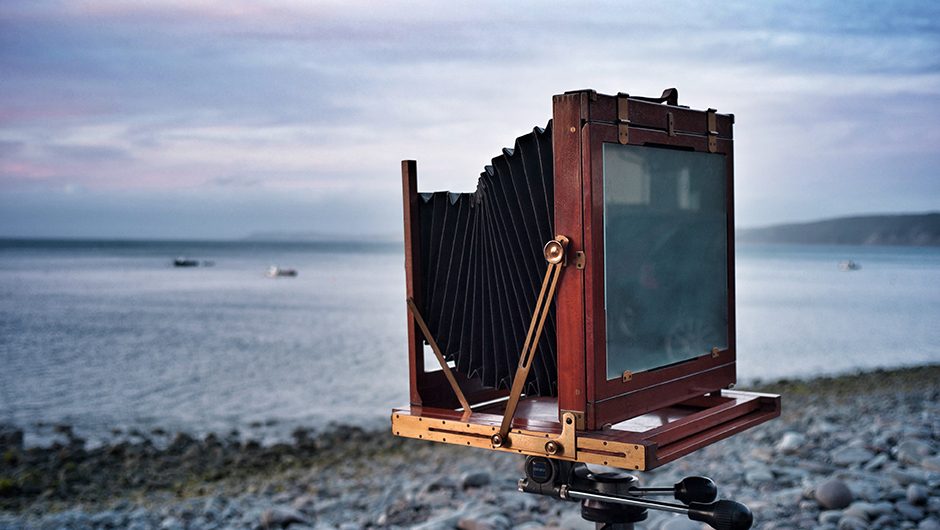
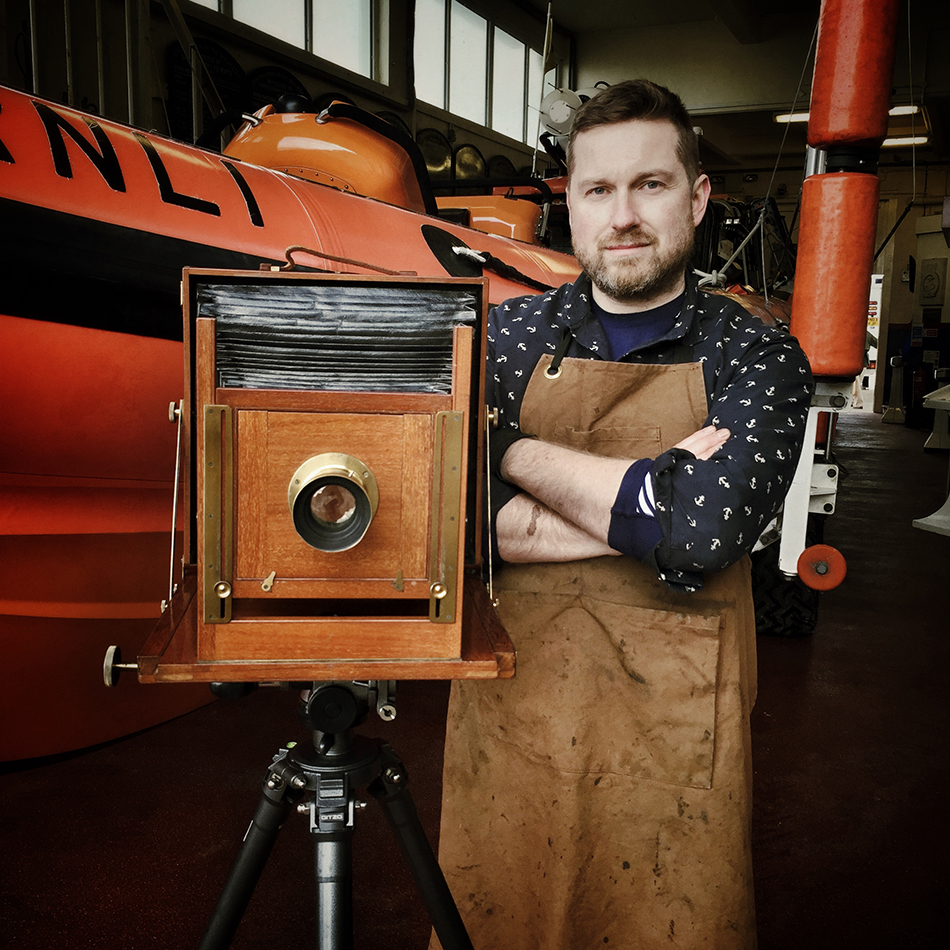

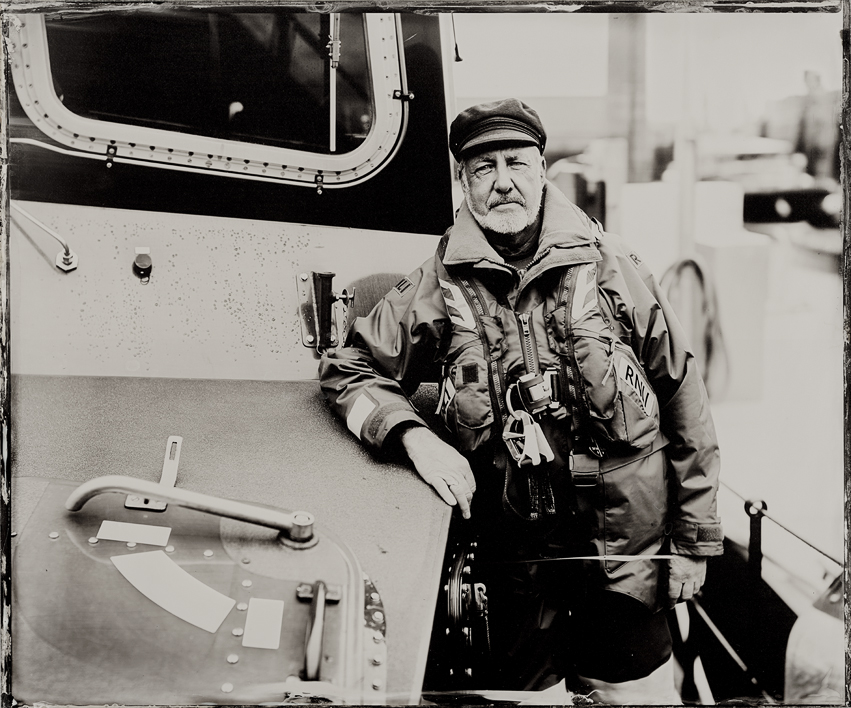
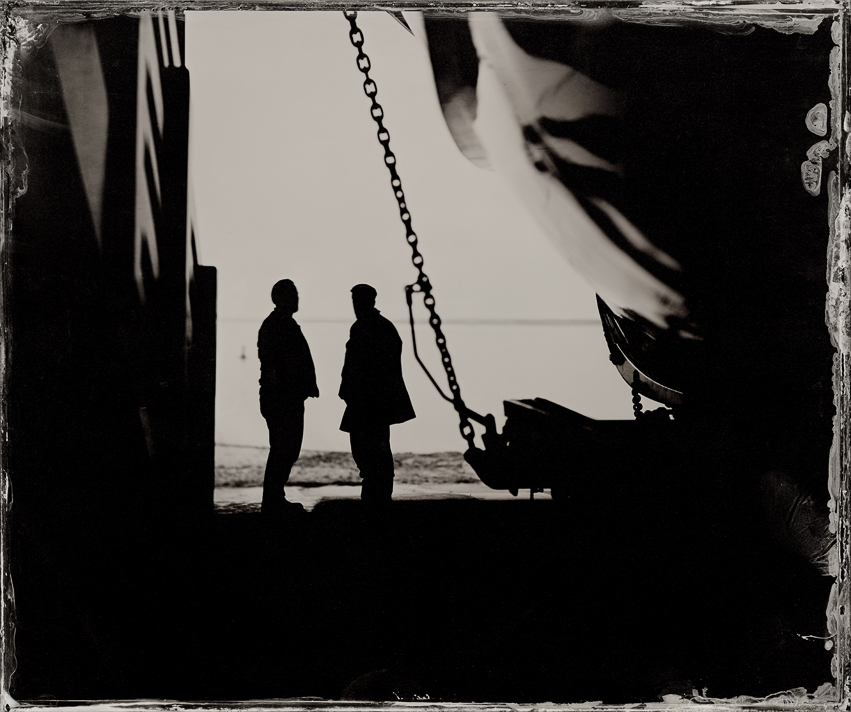
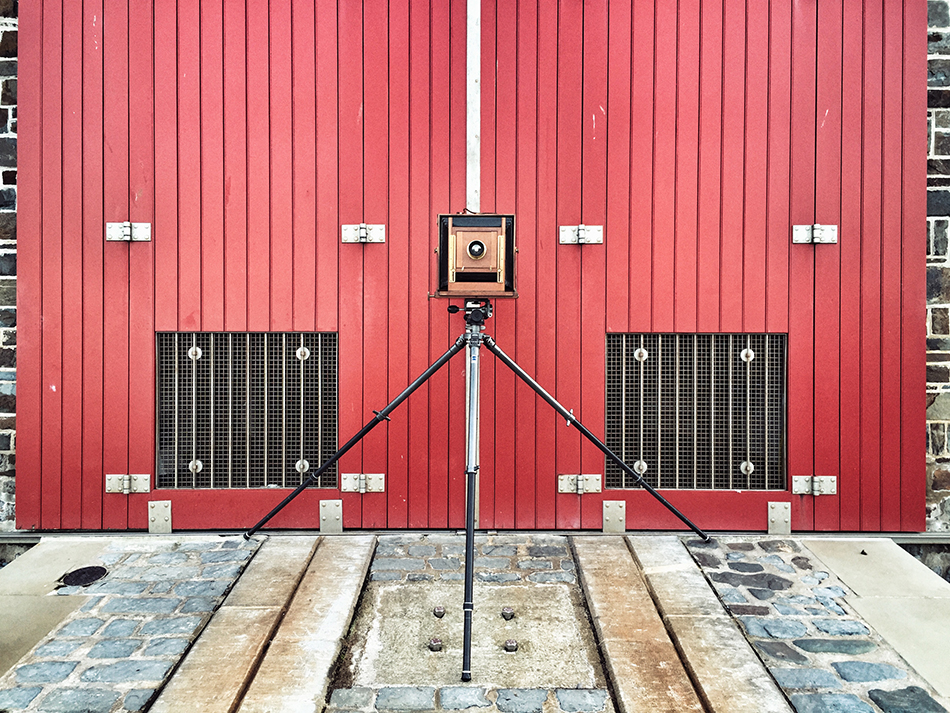
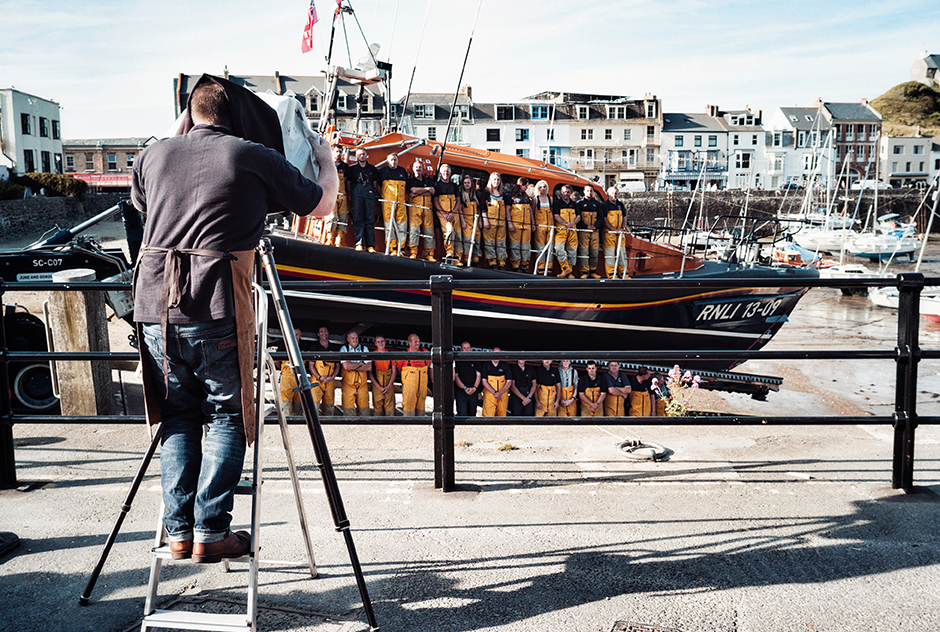
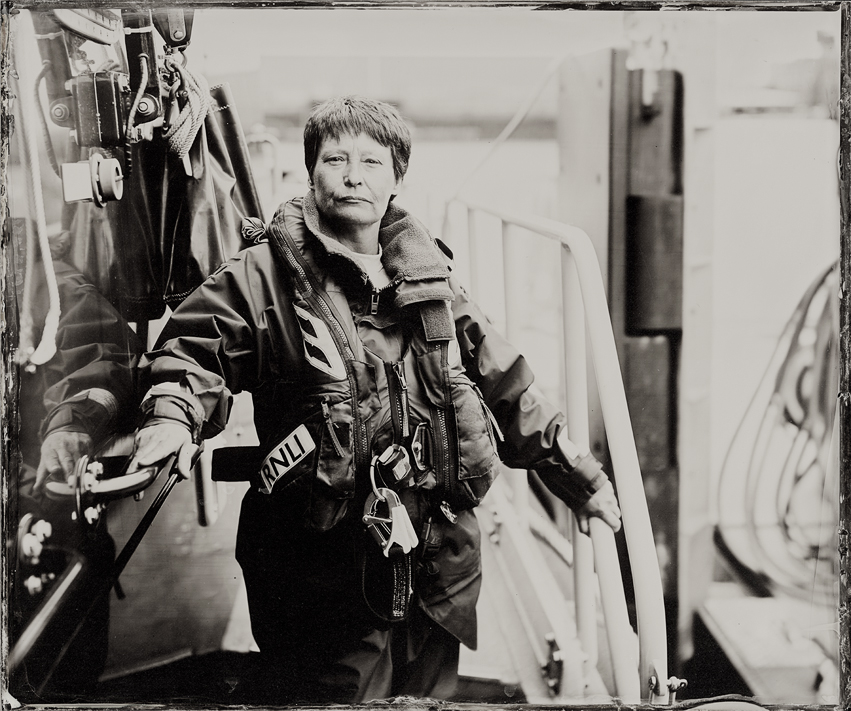
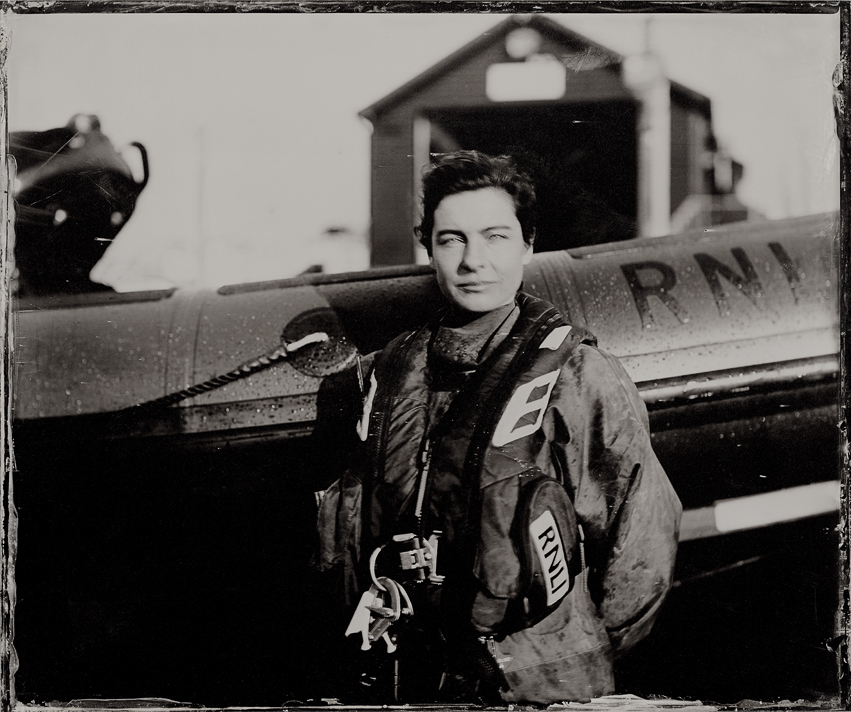
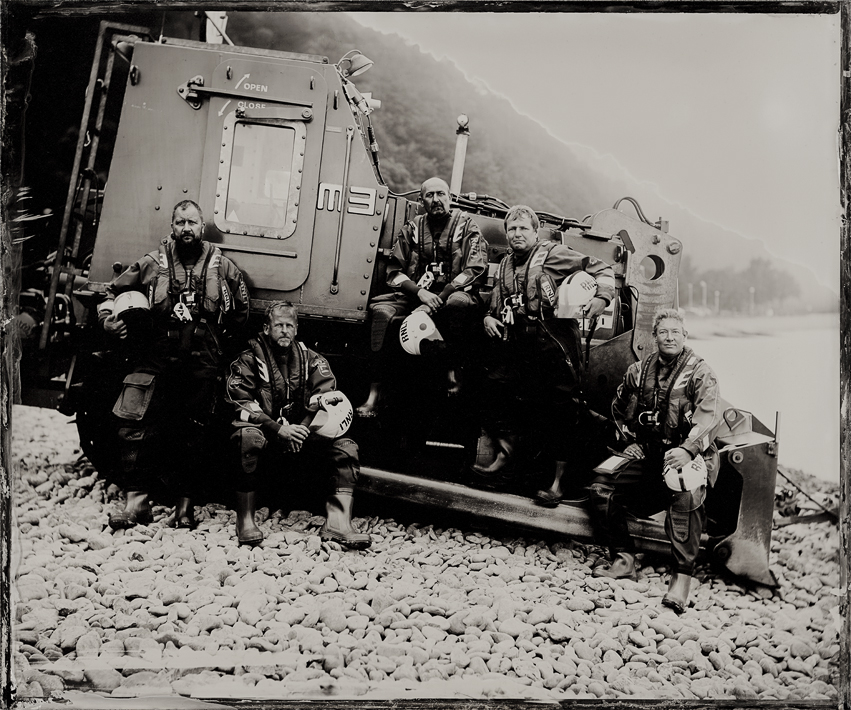
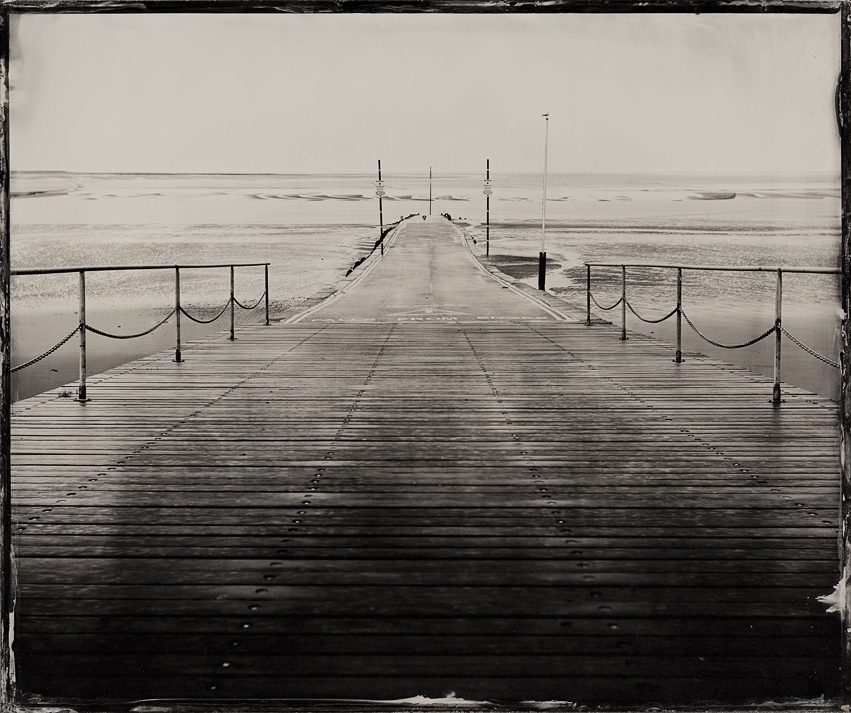
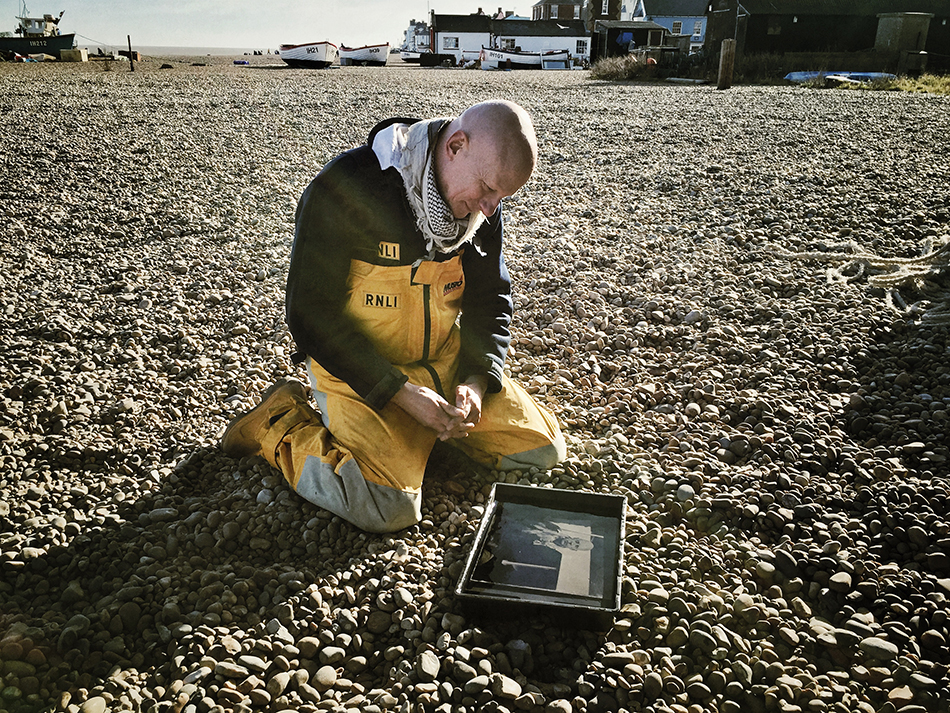
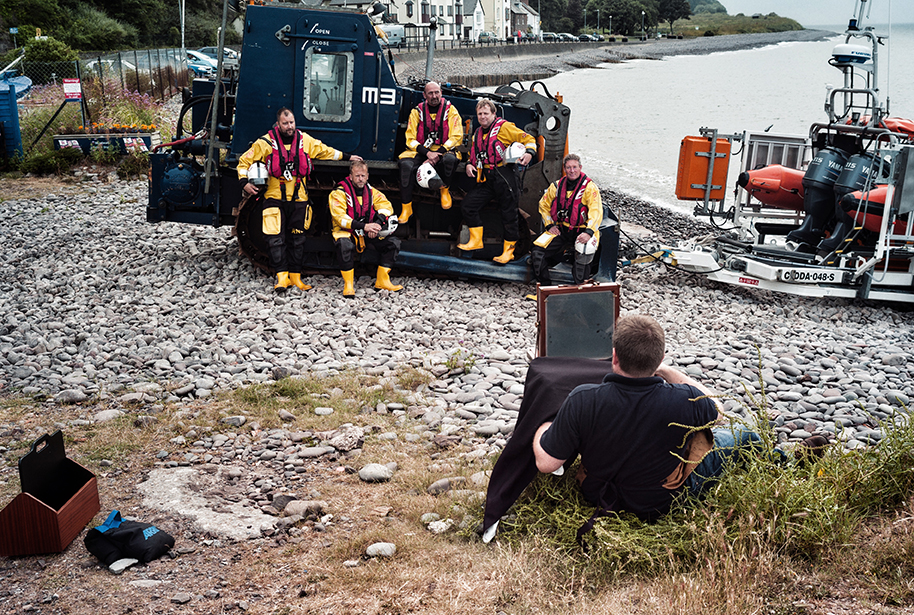

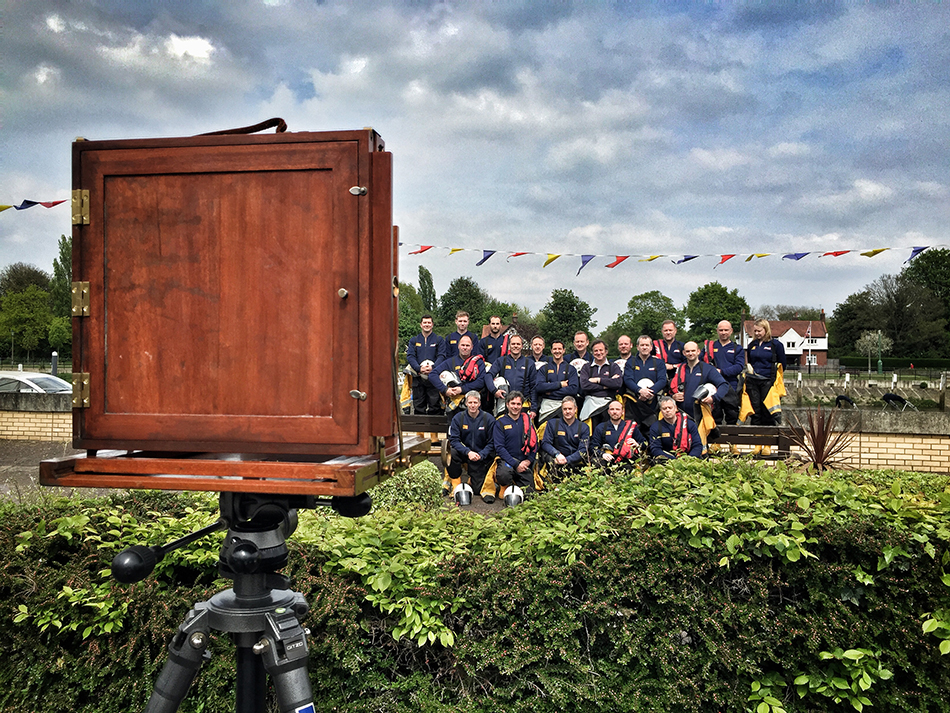
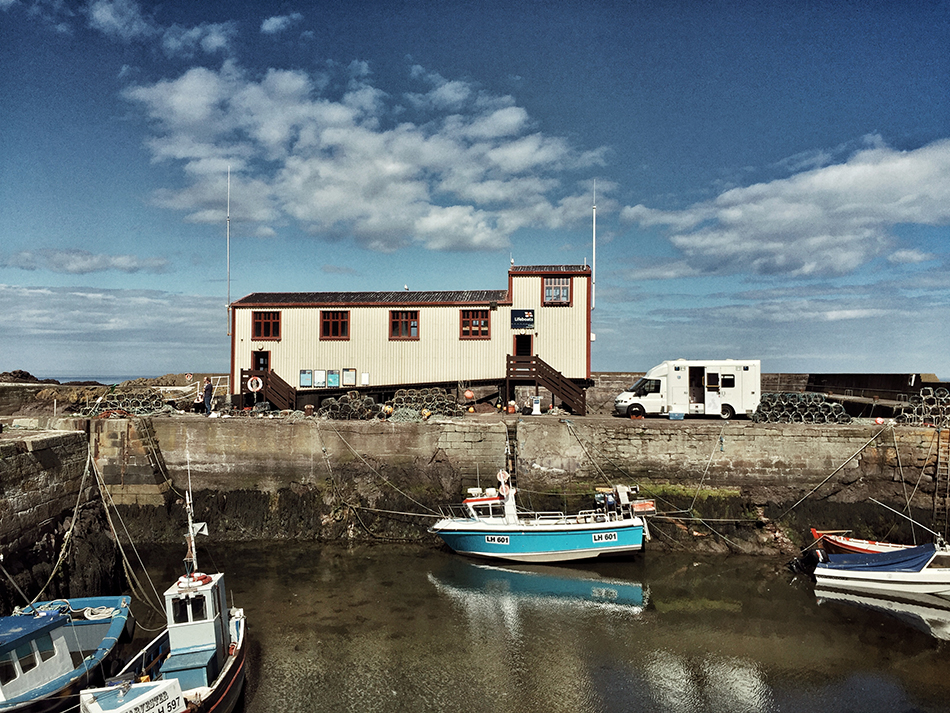

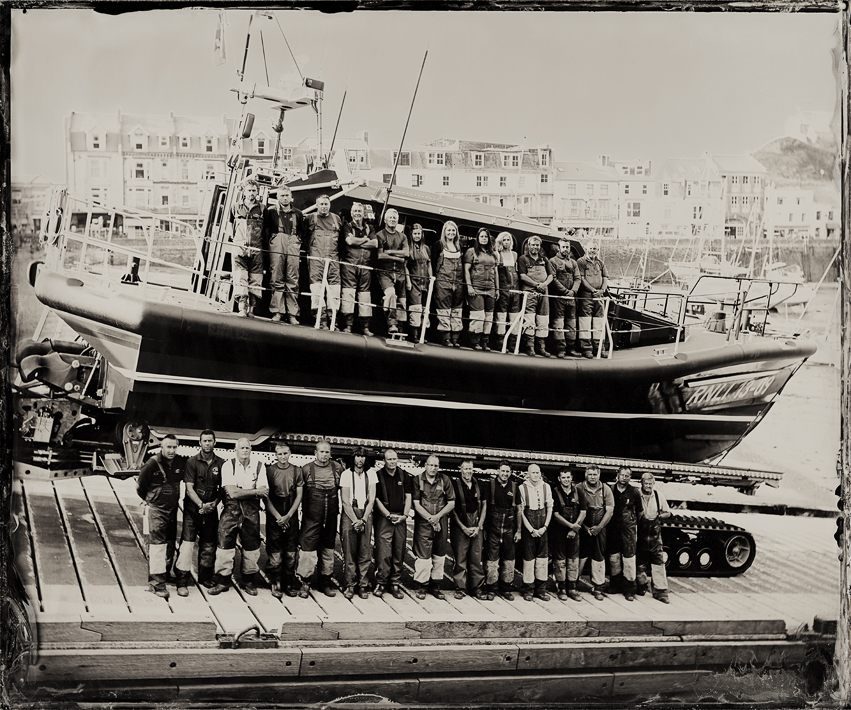
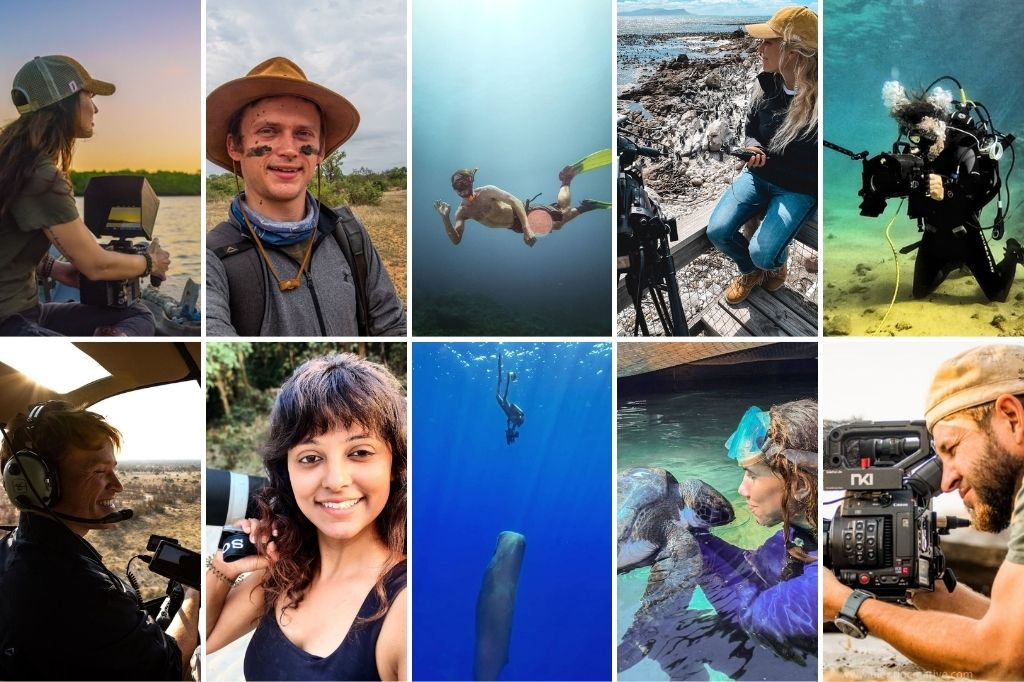

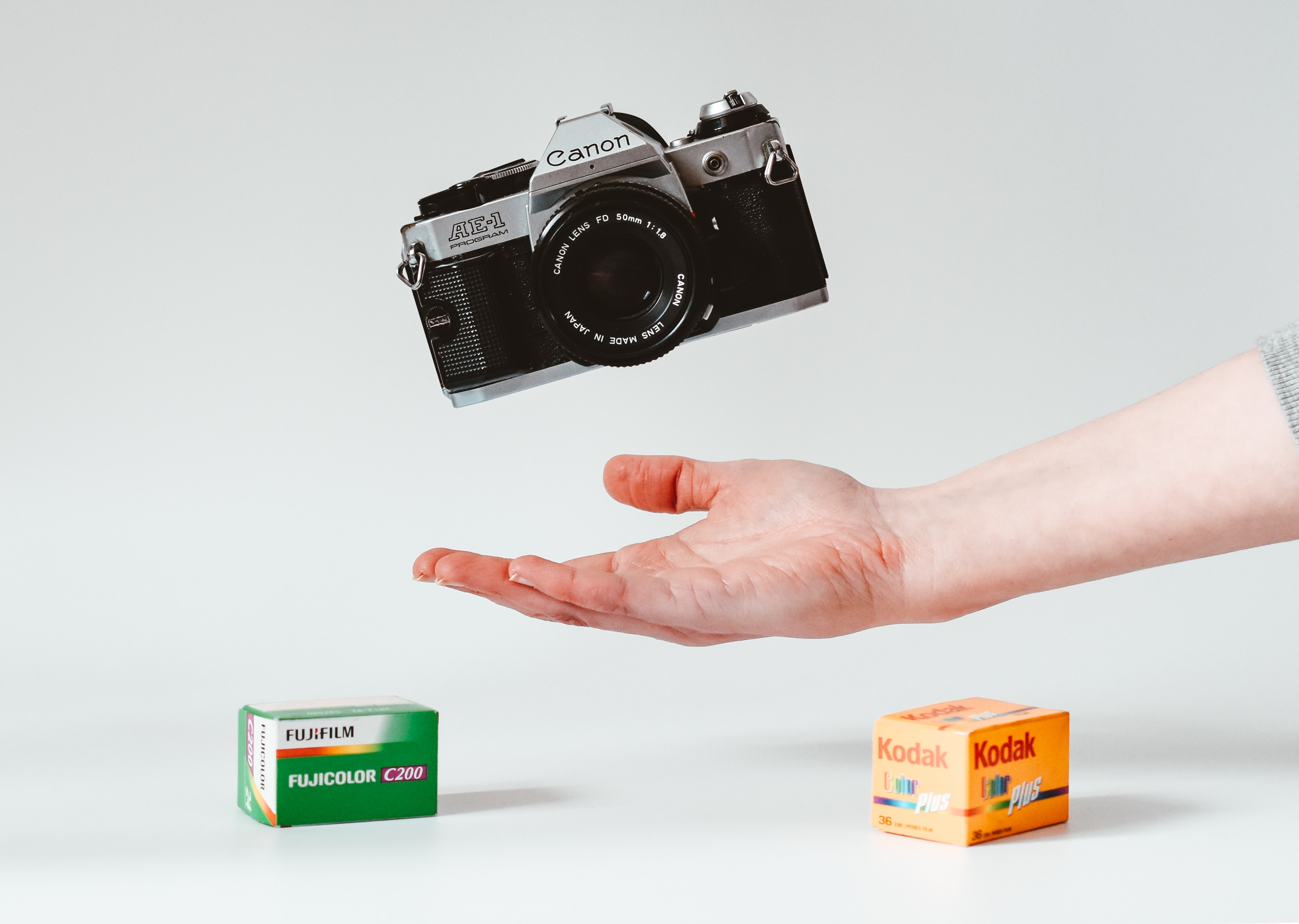





Thank you so much for bringing word of the Project to the Southern Hemisphere, Michelle. Best wishes, Jack
Jack it’s my pleasure. It’s a fantastic project, beautiful art and I will definitely be following your progress. Hopefully you’ll be in Tate Modern in no time! Regards, Michelle